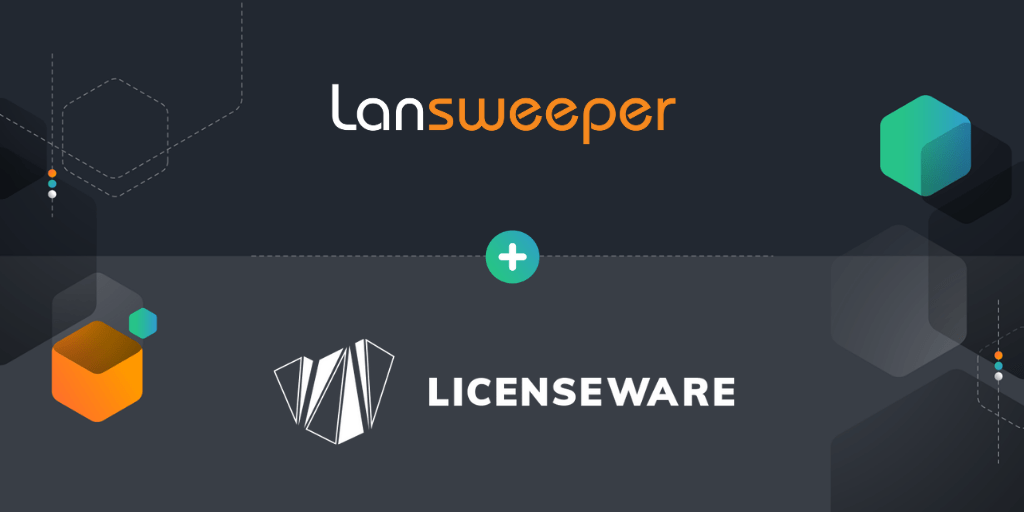
Java is a high-level, object-oriented programming language developed by Sun Microsystems (now owned by Oracle Corporation). It was first released in 1995 and has since become one of the most widely used programming languages in the world.
Java is known for its platform independence, which means that Java programs can run on various computer systems without modification, as long as there is a compatible Java Virtual Machine (JVM) available for that platform. But this year, Oracle announced a significant change to the pricing structure for Java that will have a dramatic impact on organizations using it.
Although Java was never free, the new licensing model will raise the cost of Java by millions of dollars for some companies, potentially making it far too expensive to use. To that end, Lansweeper partner Licenseware.io is offering a new application that leverages an integration with Lansweeper to help organiations take control of their Java licensing posture, minimize costs and reduce compliance risks.
A Look at the Numbers
The new Oracle Java SE Universal Subscription Global Price List replaces the old «Named User Plus Licensing and Processor licenses, requiring companies to pay for licenses for their entire employee population. In other words, it’s no longer possible to buy licenses for just a few users. Java versions affected include Oracle Java JDK versions 1-8 with pre-211 security updates.
So what does this really mean? If a company has 3,000 employees, it will pay $432,000 per year for Java. Have 20,000 employees? $1.62 million. What about 40,000 employees? A whopping $2.5 million.
«The side effect of the price increase is that a lot of companies are looking at alternatives and moving away from Java,» said Alexandru Cojocaru, CEO of Licenseware.io, which provides an open app ecosystem for license management built on a cloud-native platform. «But many larger enterprises rely on Java for many business-critical operations and are reluctant to make that change.»
In exchange for the price hike, Oracle is offering some additional features and perks, including the Java Management Service, an Advanced Management Console, GraalVM Enterprise and 24�–7 support. While existing licensing agreements such as Java BCL, OTN and NFTC will remain valid and not subject to the new licensing model, for many companies that have other agreements in place, the cost will be prohibitive.
Step 1: Know What You’ve Got
If your company is using Java for commercial purposes, you’ll need to review your licensing requirements. The options are to either buy a license under the new pricing model, or switch to a non-licensable version of Java JDK, such as OpenJDK or Azul. Before making the change, you’ll need to understand what licenses are in place.
«There’s a lot of confusion in the market,» Cojocaru said. «Some companies are panicking because they don’t know where they stand with regards to their licensing position, and there’s also a lot of audit activity going on. That’s why we choose Java as the next point to expand our integration with Lansweeper.»
Licenseware.io’s new app, ODJM, analyzes and helps manage Java licensing, enabling organizations to track Java usage and ensure compliance with Oracle’s new licensing policies. It determines a company’s Java licensing requirements and their current deployments – how commercial features are being used, whether current Oracle products come with a Java license, and what third-party software includes a Java license – in a matter of minutes.
Real-time Visibility into License Usage
Licenseware’s ODJM automatically assesses an organization’s Java licenses using any data source, providing visibility into all license models and enabling teams to visualize Java deployments and make informed decisions. «Understanding your Java licensing requirements and costs can mean the difference between an optimized budget and unnecessary overspending,» Cojocaru said.
The analysis takes just minutes, versus traditional manual audits that can take months to complete, thanks to Lansweeper’s software asset management (SAM) capabilities. Through a seamless integration with ODJM, Lansweeper automatically searches entitlement sources to check all Java deployments against Oracle’s catalog and ensure special licensing terms are associated with the necessary base licenses. This type of information can be reconciled against Lansweeper inventory data to establish an accurate Java license position.
«Lansweeper collects all of the data that we need for the licensing analysis,» Cojocaru said. «Through the integration, we can pull that data and apply the licensing and business logic to establish a Java licensing position for our customers.»
After completing the scan, Licenseware provides a detailed report of all existing Java deployments and licensing terms. And it’s a cost efficient solution – the subscription costs less than $.50 per device while providing the potential to save tens of thousands of dollars or more in Java licensing fees.
«With this integration, companies can get an accurate assessment of their licensing situation at a fraction of the cost of traditional consulting services,» Cojocaru said. «It’s also much faster than using manual methods or a consultancy.»
Cojocaru added that another benefit of the assessment is improving security. «If there are any versions in your environment that are out of date, that could have significant security implications, particularly if those versions are no longer supported,» he said. «With this solution, customers can optimize their environment by uncovering and addressing any security flaws.»
Full Coverage for Multiple Vendors
ODJM, represents the second integration between Licenseware and Lansweeper, with the first being MDM, an application that processes software and hardware data related to Microsoft on-premise and cloud product deployments. According to Cojocaru, given Oracle’s radical licensing changes, ODJM was the next logical step to take with the Lansweeper partnership.
Cojocaru said that Licenseware will continue to work with Lansweeper to provide coverage for other projects and vendors. «We will keep pulling more data from our software and analyzing it from a licensing point of view,» he said, adding that they are looking to add Adobe, VMware and Red Hat to the list of vendors they cover.
Learn more about ODJM and the integration here. New to Lansweeper? Try it for free today.